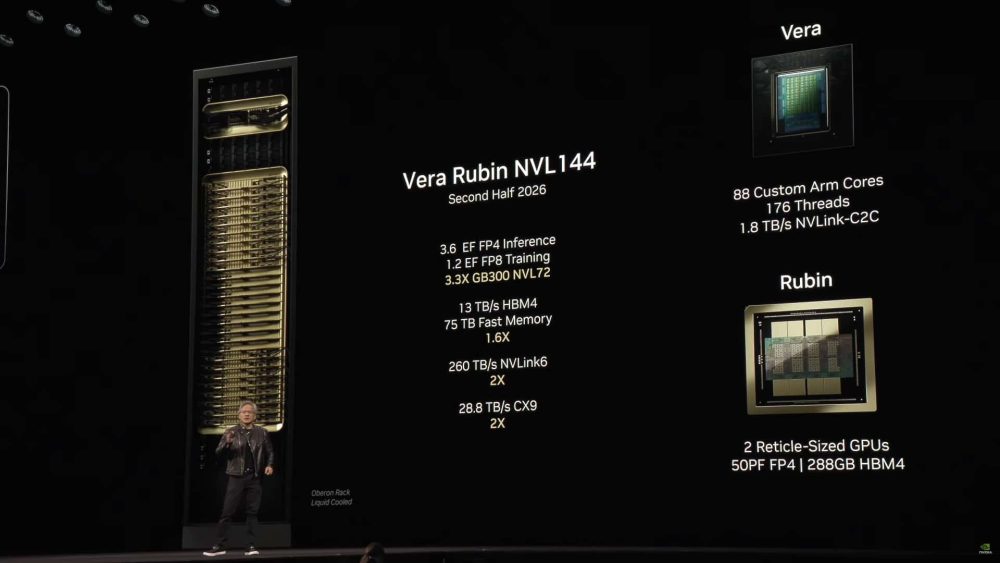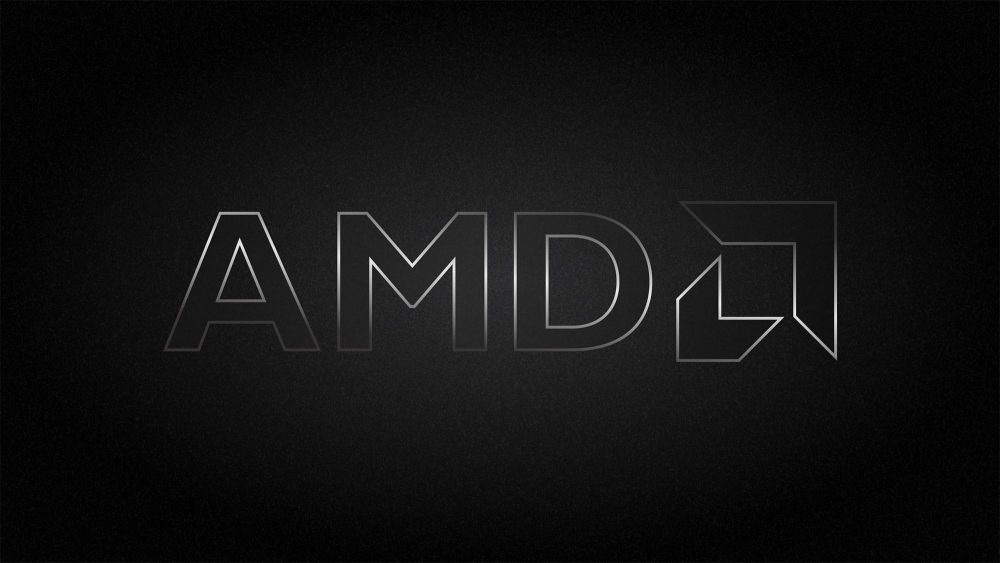At GTC Washington 2025, NVIDIA finally unveiled the hardware that will power its next AI revolution, the Vera Rubin Superchip. It’s the company’s most ambitious design yet: an ultra-dense motherboard fusing an 88-core Vera CPU, two massive Rubin GPUs, and eight SOCAMM2 memory modules into a single, breathtakingly compact compute engine.
Jensen Huang proudly called the Vera Rubin “an incredibly beautiful computer”, one capable of 100 PetaFLOPS of FP4 AI performance. That’s not a card or a chip; it’s a small supercomputer on a board, a successor to the GB300 Blackwell Ultra that’s only just beginning its rollout. The Rubin GPUs themselves are the first silicon out of TSMC’s labs, each packing two reticle-sized GPU dies and eight HBM4 memory stacks, surrounded by a fortress of power circuitry.
Underneath the aluminum heat spreaders hides a design that screams efficiency and scale. NVIDIA’s new Vera CPU, with its 88 custom ARM cores and 176 threads, looks to be a multi-chiplet beast. Its integrated I/O modules suggest the company is moving toward even tighter CPU-GPU coherency, a significant play for AI workloads that need unified memory and low-latency compute sharing.
Scaling Up to Exascale
The first configuration, the Vera Rubin NVL144, launches in the second half of 2026. Each platform combines two Rubin GPUs and a Vera CPU, delivering a staggering 3.6 ExaFLOPS of FP4 inference and 1.2 ExaFLOPS of FP8 training, a 3.3x uplift over Blackwell’s GB300 NVL72.
Then comes the monster: the Rubin Ultra NVL576, arriving in late 2027, featuring four reticle-sized GPU dies per module, scaling to 15 ExaFLOPS FP4 inference and 5 ExaFLOPS FP8 training. NVIDIA claims this system offers 14x the performance of current GB300 systems, along with 4.6 PB/s of HBM4 memory bandwidth and 1.5 PB/s of NVLink throughput.
If that sounds like science fiction, it’s because NVIDIA keeps making science fiction real, one Superchip at a time.
A Glimpse Into NVIDIA’s AI Future
Rubin isn’t just an upgrade. It’s the foundation of NVIDIA’s post-Blackwell era, designed for an AI world that demands faster training, denser compute, and sovereign-scale efficiency. The board’s architecture replaces traditional connectors with NVLink backplane ports, a design clearly aimed at rack-scale AI servers and NVLink Fusion fabrics, enabling systems to scale seamlessly within data centers.
The name “Vera Rubin” is fitting. Just as the real Rubin revealed the dark matter shaping our universe, NVIDIA’s Vera Rubin Superchip is poised to uncover the hidden forces behind next-generation AI, power efficiency, modular scale, and interconnect intelligence.
And while competitors are still trying to catch up to Blackwell, Jensen Huang is already holding the next galaxy in his hands.


